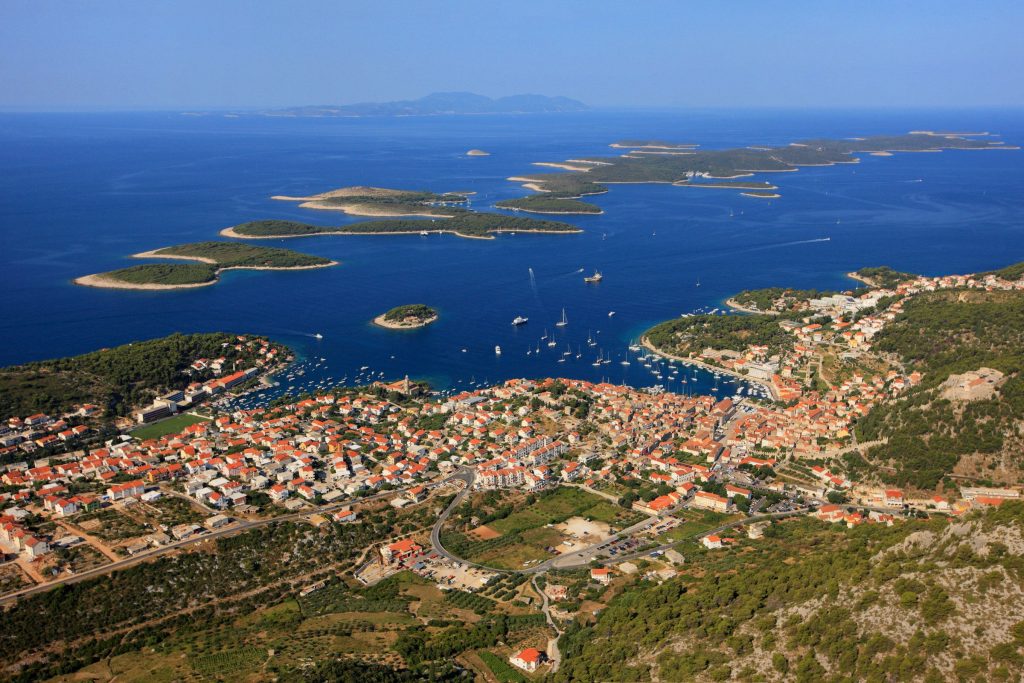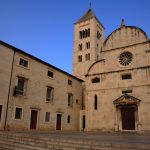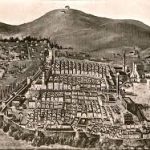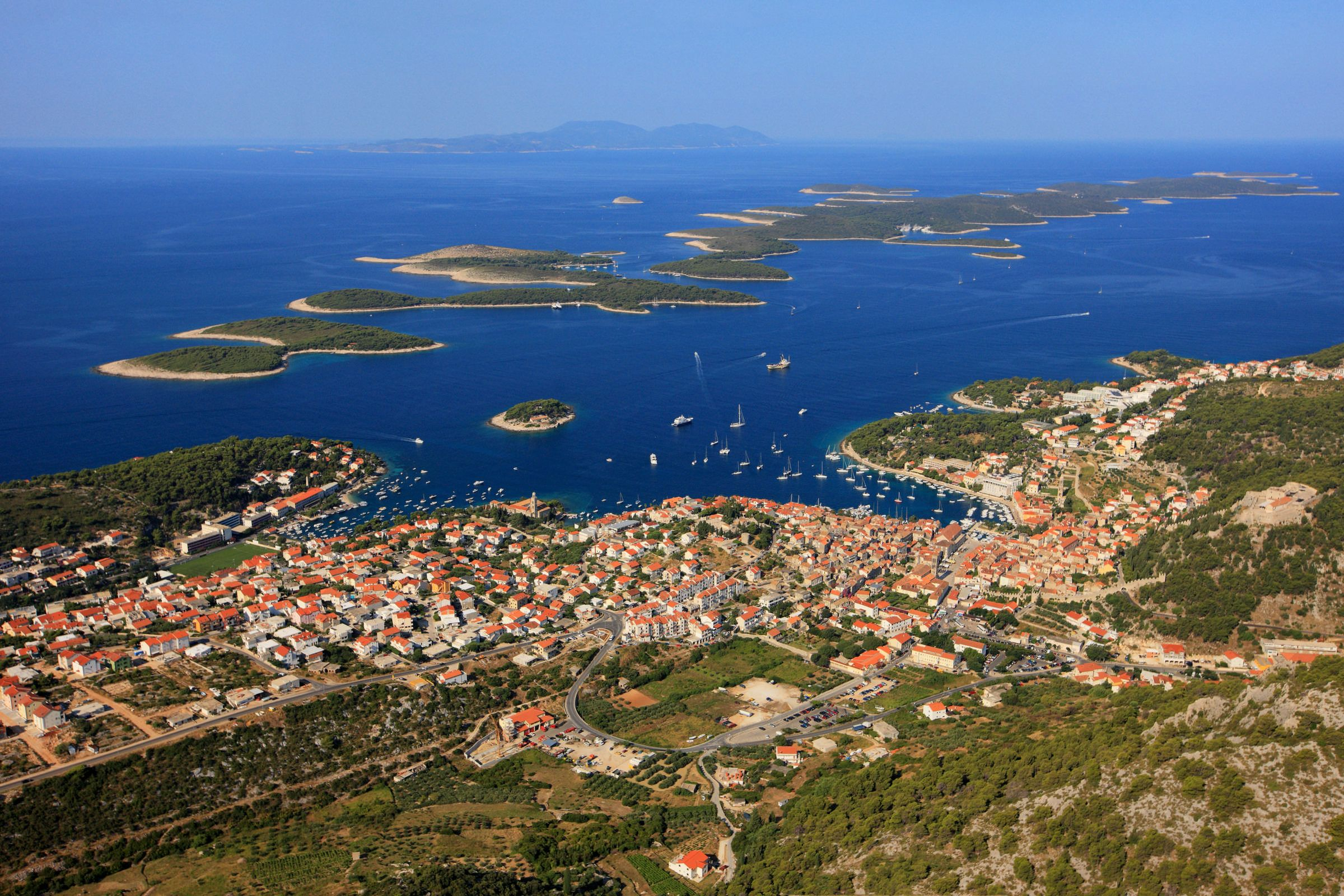
Continuing the fight against the inane travel lists which are invading the Internet, TCN’s 25 Things to Know series turns to the elite island of Hvar on February 1, 2016.
Known as one of the ten most beautiful islands in the world, Hvar has it all, and more… Here are 25 things you need to know about one of the true treasures of tourism in Europe.
1 Most UNESCO heritage of any island in the world
It may be acquiring a party image these days, but Hvar’s strength is in its nature, heritage and tradition. It is the only island in the world, for example, with four (some say five) UNESCO heritages. From one of Croatia’s seven World Heritage Sites (the Stari Grad Plain) to the intangible heritage of the ‘Za Krizen’ Easter Procession (over 500 years of continued annual tradition), the agave lace from the Benedictine Nuns in Hvar Town, and the Mediterranean diet (one of seven locations, including neighbouring Brac), no island has more UNESCO love. Add the klapa singing of southern Dalmatia, and that number goes to five.
2 Not including the oldest public theatre in Europe, or the largest square in Dalmatia
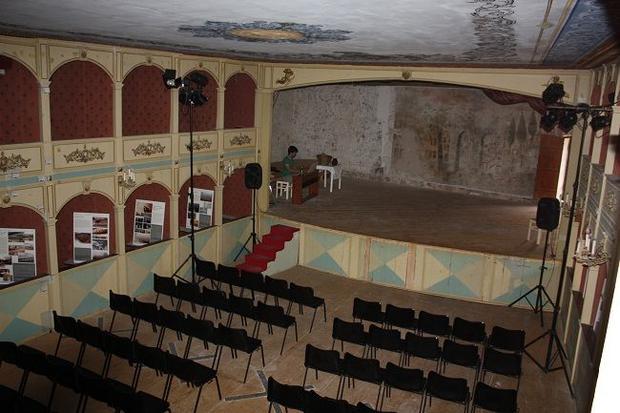
The non-UNESCO heritage is almost as impressive as the official list. Here one can find the oldest public theatre in Europe dating back to 1612, the largest square in all Dalmatia (Hvar’s main pjaca at 4,500m2) and the spectacular Neolithic cave of Grapceva Splija.
3 Sunniest island in Europe with some of the best beaches (including FKK) in Europe
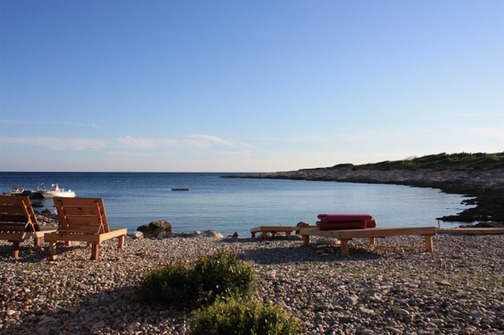
Is it an average of 2718 hours of 2724? It hardly matters, as Hvar is officially the sunniest island in Europe. Hvar’s status was once more confirmed last summer by a French report. Sun means beach time, and Hvar’s various beaches are regularly featured in those top 10 in Europe lists. Spare a thought for the naturists too – Kordovon beach on Jerolim was named by CNN as the world’s top FKK beach in 2011.
4 Unique indigenous festivals – from lavender to the edible dormouse
The coast may be where the tourism is focused, but inland Hvar is where the true soul of the island can be found, an area of the true Mediterranean as It Once Was, with a secret around every corner. Here you will find the most aromatic festival in Croatia – the Lavender Festival in Velo Grablje, as well as arguably its most bizarre, the Puhijada, or edible dormouse in Dol.
5 The new Ibiza? Hvar Town has more wine bars than nightclubs
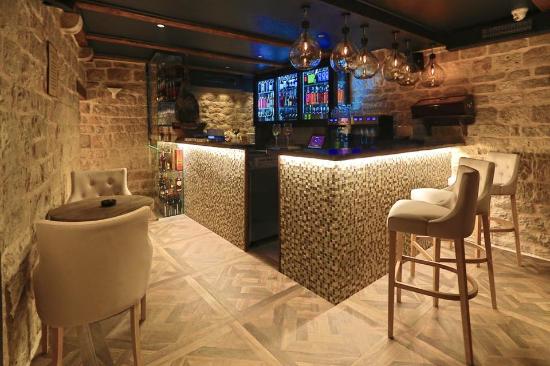
Is Hvar really the new Ibiza? To listen to the party hype, one would think that Ibiza was tame compared to the ‘new St. Tropez’. In fact, at time of writing, Hvar has just three nightclubs, the biggest of which holds 2700 people. There are double the number of winebars than nightclubs in Hvar Town. The nightlife is great, but Ibiza it ain’t.
6 The island of indigenous grape varieties, Hvar has a 2400-year wine story
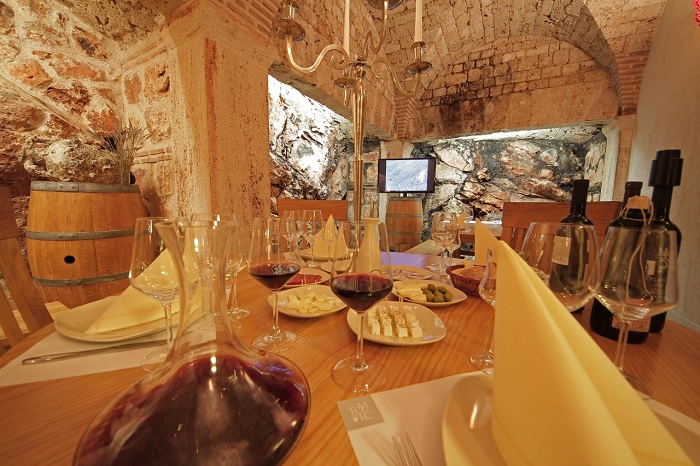
One of the biggest surprises for many tourists visiting is the quality of the wine. Few mainstream varieties here, but plenty of indigenous variety goodness, including a handful of grape varieties only grown on Hvar. Look out for Bogdanusa (literally ‘a gift from God’), Prc and Mekuja in the whites, as well as the more widely available Posip, and rare reds such as Darnekusa, although the dominant red is a relative of Zinfandel, Plavac Mali. Here PZ Svirce produced the first certified organic Plavac Mali in 2003, and the fascinating diversity of Hvar’s growers is now accessible by an emerging wine tourism business, while exports go as far as California and China. Names to look out for include Andro Tomic, Ivo Dubokovic, Zlatan Otok, Teo Huljic, the Svirce Cooperative and Ivo Caric.
7 The Easter Procession is one of Croatia’s most important heritages
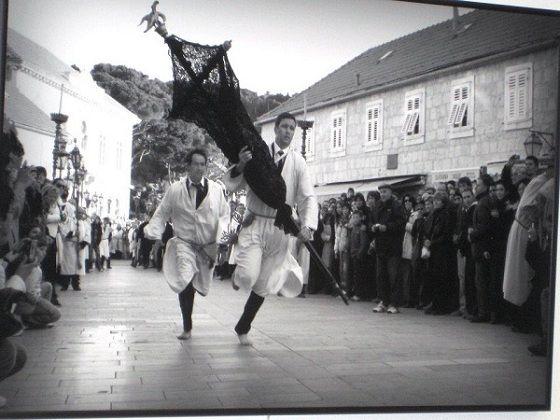
Easter is a magical time to visit, as the island comes out of its winter hibernation and celebrates this important Catholic festival. For more than 500 years, a procession called Za Krizen (Following the Cross) has taken place every year in the six towns and villages of Jelsa, Pitve, Vrisnik, Svirce, Vrbanj and Vrboska, as six simultaneous processions follow a barefoot crossbearer along the 22km route through the other villages through the night of Maundy Thursday.
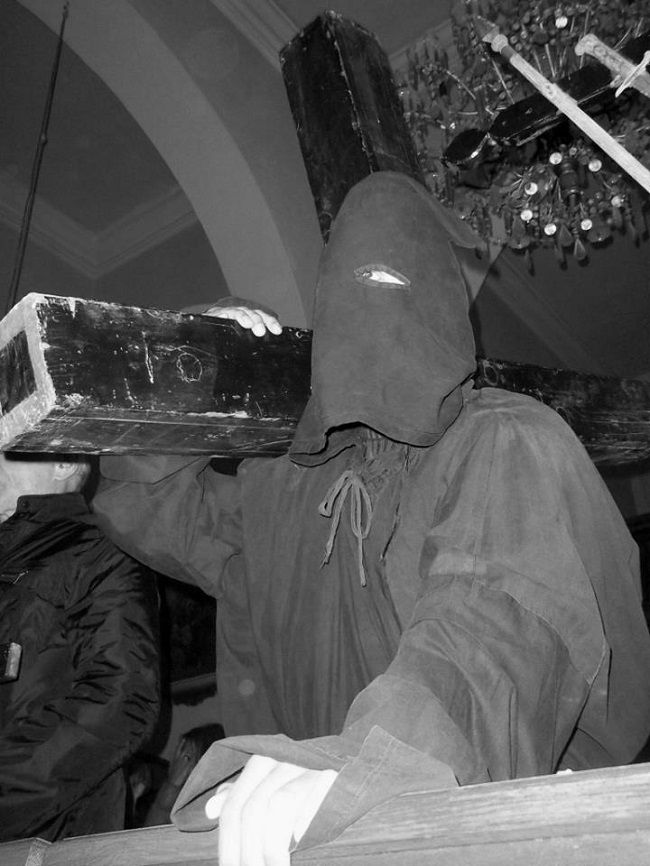
And while this main procession – one of the island’s UNESCO treasures since 2009 – is the most famous, there are several others, each with their own particular styles and nuances, including the hooded crossbearer of Sucuraj.
8 A 2500 year old olive tree, one of the ten oldest in the world?
Eastern Hvar is much less developed than its fancier western counterpart, and for many it is the nicest part of the island, where nature rules supreme. There are hidden treasures, such as the oldest olive tree on Hvar, protected since 1964, and officially dated to 500 years before Christ, which if true, would put it among the oldest ten olive trees in the world. Proof of the island’s strong olive heritage.
9 Meneghello on Palmizana – a Pakleni art, arboretum and natural paradise
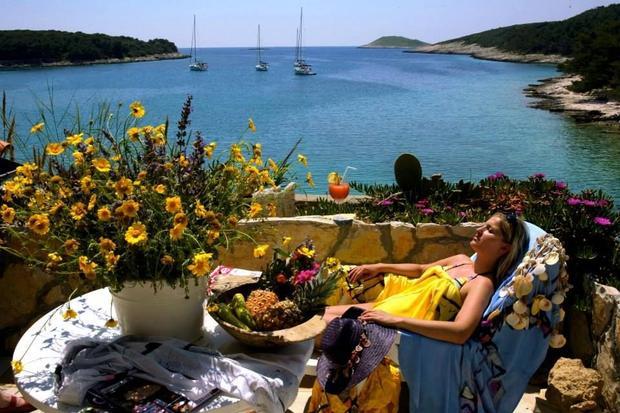
As if Hvar Town were not beautiful enough, the emerald jewels of the Pakleni Islands were thrown in for good measure, a supreme collections of islands where one can get lost in the hidden pine forests and undiscovered coves. Most fascinating destination bar none is the Meneghello estate on Sveti Klement, where one family has been running a successful tourist business since 1906, mostly without water or electriticy, but so successful that the celebrities come to escape, and John Malkovich called it the most relaxing holiday he had had. Indulge in nature, culture and art, including a fabulous arboretum. One of the hidden jewels of Dalmatia.
10 Faros Marathon, one of the world’s most challenging competitive swims
It is 40 years since the introduction of one of the world’s most challenging swims, the annual 16km race from the town of Stari Grad to the tip of the Kabal peninsula and back. The race attracts some of the biggest names in swimming, including Olympic gold medal winners, and takes place in the last weekend in August.
11 Hvar is the home of organised tourism in Europe
Organised tourism may be an established thing these days, but 1868 on Hvar brought a true tourism revolution, with the founding of the Hvar Health Society, which came into existence to offer Hvar’s temperate winter client and therapeutic air to those in need of convalesence from the Austro-Hungarian empire. Winter tourism, a concept long lost sadly on the island.
12 Hvar Island was for sale in 1932, according to the New York Times
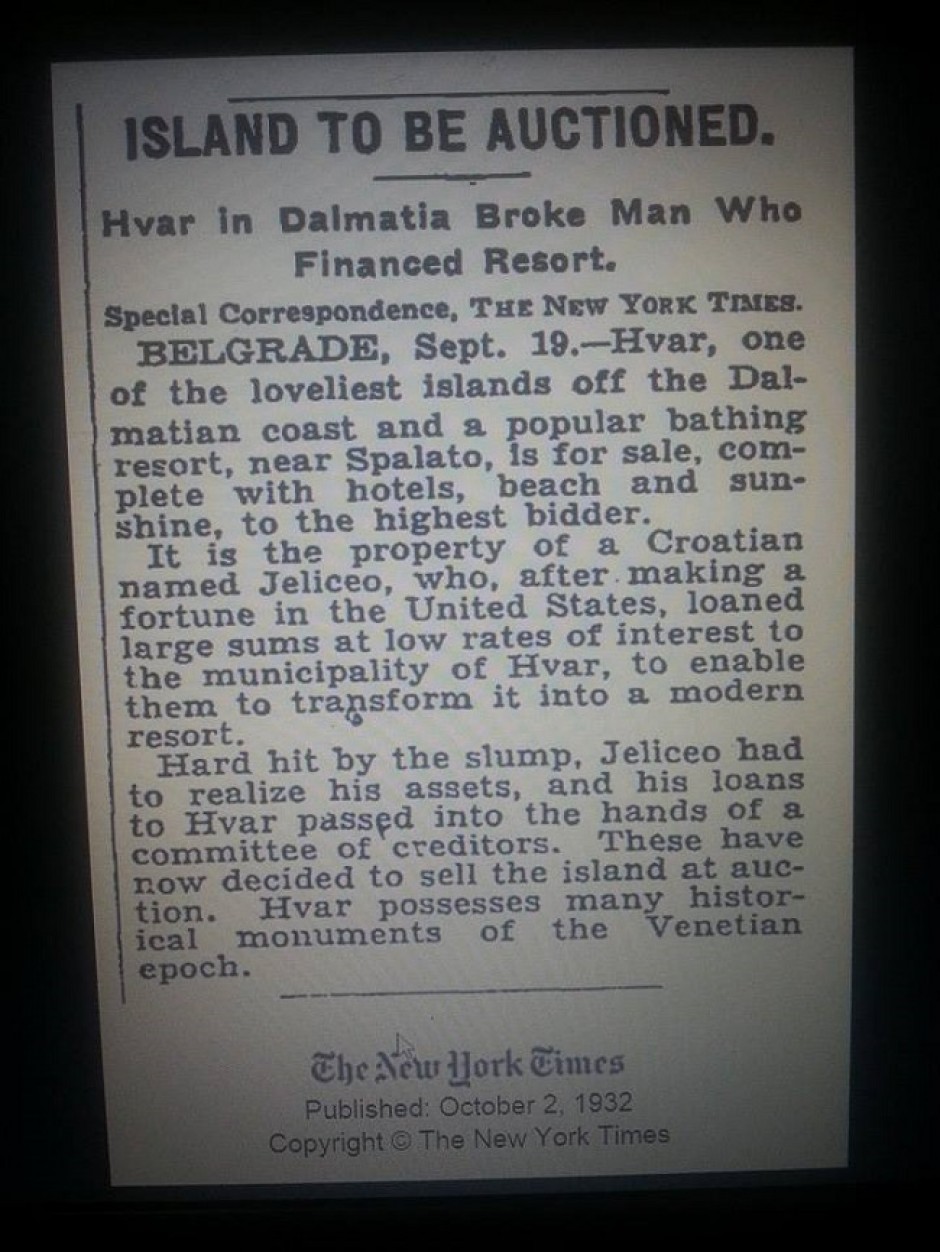
Don’t believe everything you read in the press. The island of Hvar was for sale in 1932 apparently. If it had been, and if you had bought it, wouldn’t you be sitting pretty now…
13 Ivan Vucetic, Hvar’s most famous son
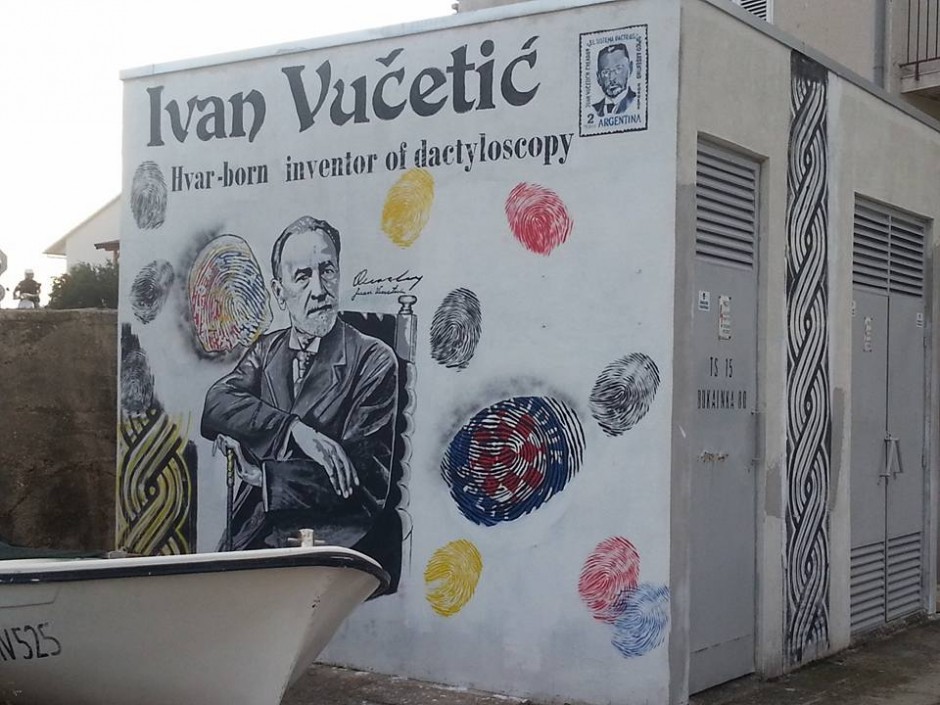
Igor Tudor of Juventus is perhaps Hvar’s most famous modern son, but the man who made the biggest impact globally from Hvar? None other than one Ivan Vucetic, who having emigrated to Argentina, became known as the father of dactilosopy – fingerprinting as a method of identification.
14 Celebrity Hvar started with Emperor Franz Josef I – who has been since?
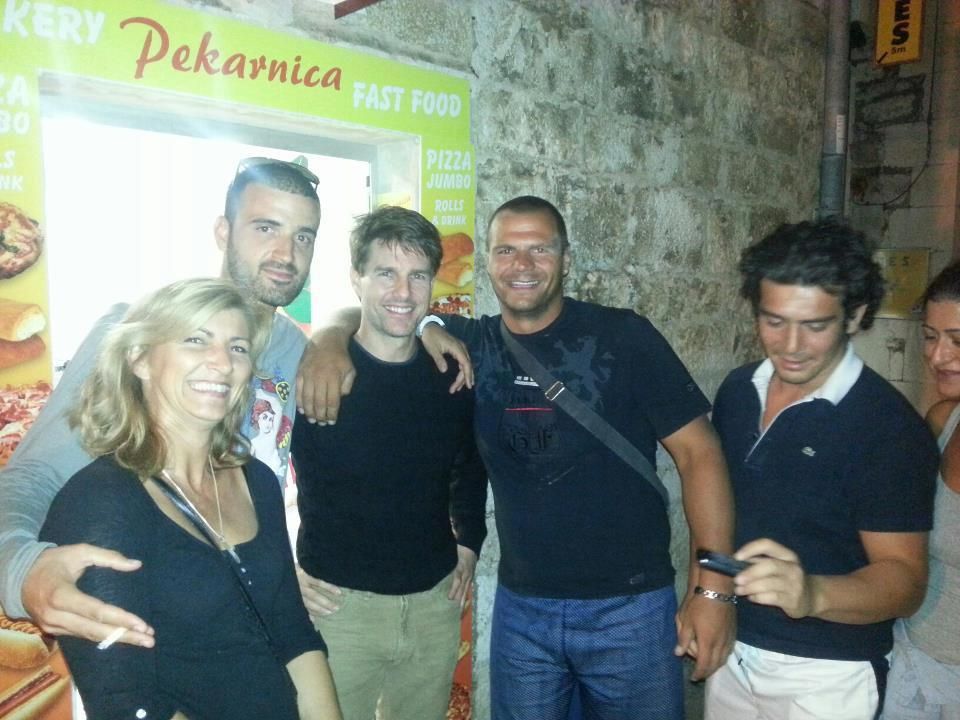
Celebrity Hvar, another tag to go with the party, sun and lavender. The celebs started coming in 1875 with Emperor Franz Josef I continued in 1964 when Mrs. JFK went waterskiing in Stari Grad, and continued with Orson Welles filming The Deep in Hvar Town. And they haven’t stopped coming since. Tom Cruise, Beyonce, Prince Harry, Roman Abramovich, Bill Gates, Demi Moore to name a few. And celebs tend to like Hvar, as the locals leave them to relax and cause minimum fuss. Unless you fall drunk into a nightclub swimming pool of course…
15 Dalmatian food and Hvar specialities
Hvar’s Mediterranean diet joined the list of UNESCO intangible heritage in 2014, along with six other locations in the Mediterranean. The emphasis is on fresh, fresh, fresh. Fresh from the sea, fresh from the field. Menus are dictated by availability from the source, and each season is celebrated. Hvar has its own traditional dishes too, such as the fish stew of Hvar gregada, and the 800 year-old tradition of paprenjak honey biscuits.
16 Hvar dialects – the easiest language in the world
https://www.youtube.com/watch?v=lYjTriY3Y0A
If you think you speak Croatian and can understand the locals, think again! There are many dialects on the island, and there are even eight different words for ‘chisel’, the big joke being you cannot buy a chisel for love or money on the island. While the dialects make life harder in general, the greetings are very easy, as can be seen in the video above.
17 First scheduled seaplane service in modern European aviation history

On August 27, 2014, sometime after 0930, a seaplane from Resnik near Split Airport took 15 minutes to land in Jelsa on Hvar, and a new era of aviation began in modern Europe. From that inaugural flight, European Coastal Airlines now has a network of 15 destinations – and rapdily expanding – from Dubrovnik in the south all the way to Italy. Hvar is now connected to the mainland in 15 minutes 12 months a year.
18 El Shatt – a Dalmatian refugee camp in the Sinai Desert in Egypt
Hvar has a fascinating history, but few stories can rival the emigration of some 25,000 civilians from Dalmatia – including thousands from Hvar – in 1944, to a refugee camp in the Sinai Desert called El Shatt. The camp existed for two years, and it too witnessed the famous Easter Procession, and many people on the island have relatives who were there, and indeed some who were even born there.
19 Vunetovo – first brewery on the Dalmatian islands
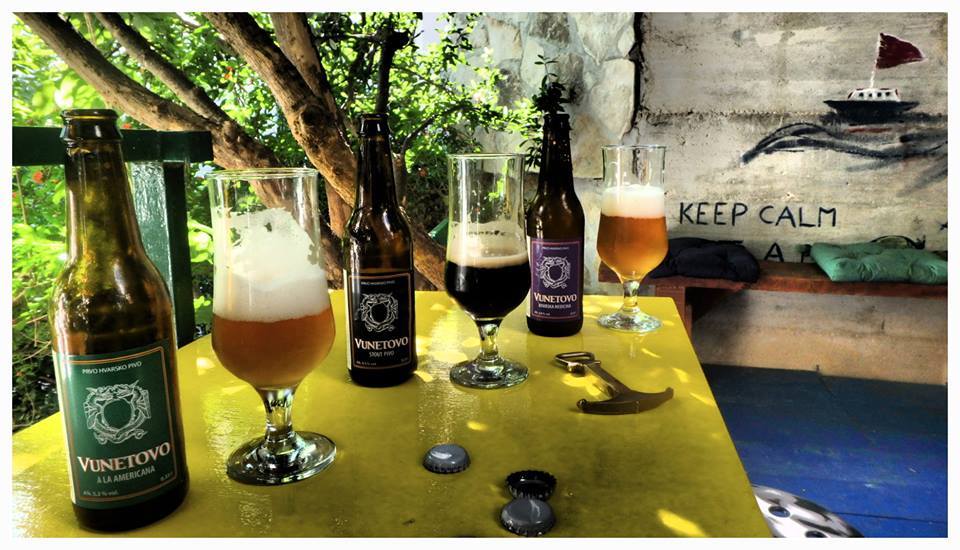
Although the expat community is quite small on Hvar, those who do decide to make it their home often contribute to the island’s charm and appeal. Take Anna from Poland, for example, who married a local and moved to Hvar, embracing her passion of beer by opening the first micro-brewery on the Dalmatian islands. And good stuff it is too, with her Vunetovo range winning awards in its very first year.
20 An adventure tourism paradise
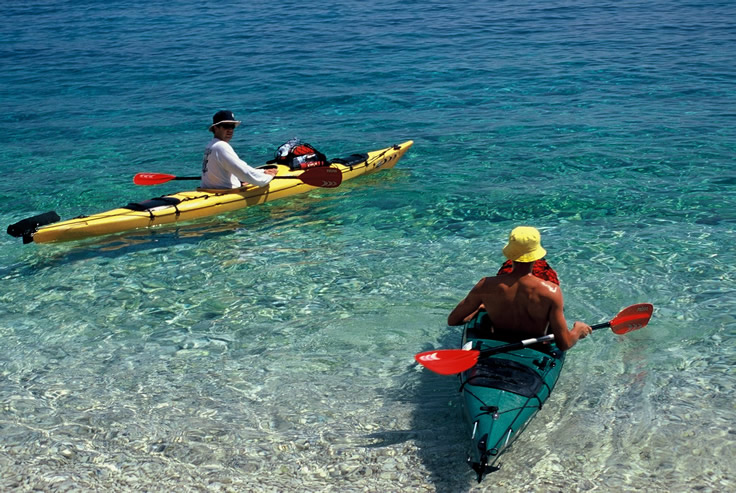
Sailing, kayaking, hiking, climbing, cycling. It is all here, and Hvar really is an adventure paradise for those who can get away from the beach. Cycling tourism is on the rise, and indeed the American cycling team were here for winter training a few years ago, while the annual Hvar Half Marathon is growing in popularity. Sailing regattas, kayaying through the hidden coves of the Pakleni Island, rock climbing above the Adriatic – they all offer a unique aspect to this incredible island.
21 Tito’s Caves
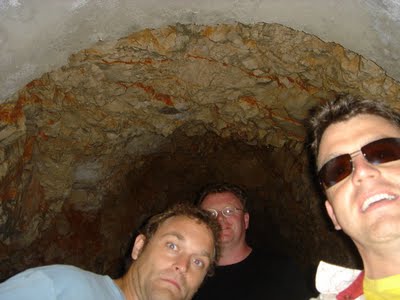
Hvar’s rich history hosted the Greeks, the Roman and the Venetians. And so too the socialist era, which also left its stamp on island life. Looking for a gorgeous sunset away from the crowds in a rather unusual location? Head to the top of the Kabal Peninsula above Stari Grad and find ‘Tito’s Caves’ a concrete collection of rooms and passageways guarding the entrance to the Stari Grad channel. You can just about make them out on the left as you enter with the Jadrolinija ferry.
22 Lavender island
Known as the lavender island, Hvar’s lavender prowess is sadly not what it was but there is no nicer time to visit that late June and early July when the lavender is in full bloom. Centre stage for this is taken by Velo Grablje, which was once the centre of lavender production in all Dalmatia, and is these days the home of the annual lavender festival. Legend has it that a poor villager in love with a pretty girl sought the priest’s advice on how to win her. Plant lavender, came the surprising answer, and sell the oil in Paris. The boy – to much ridicule – did as he was advised, and not only sold his oil in Paris, but made a fortune and got his girl.
23 Fishermen’s Conversations
In a fast changing world, it is nice to be reminded of moments in time, and one such treasure came to Hvar recently in the form of a beautiful documentary of the lives of traditional Hvar fishermen in a rapidly changing world. Four years in the making, Fishermen’s Conversations is a stunning snapshot of a moment in time, totally at odds with the island’s emerging party image. Watch the trailer above.
24 Humac, Dalmatia’s best eco-ethno village and the magic of the island of Scedro
Hvar has so many natural and traditional treasures away from the crowds, that the lucky few who do discover them appreciate the value of what the masses miss. There are too many to name, but two not to be missed are Dalmatia’s finest example of an eco-ethno village, the delightfully deserted former shepherd’s village of Humac, and the island of Scedro off Hvar’s southern shore, where time has truly stood still. The island includes a monastery, now ruined. Legend had it that when the last nun died there was only one monk left, and he dragged the heavy monastery door to the water and paddled to the relative civilisation of the bigger island of Hvar. Learn more about Scedro here.
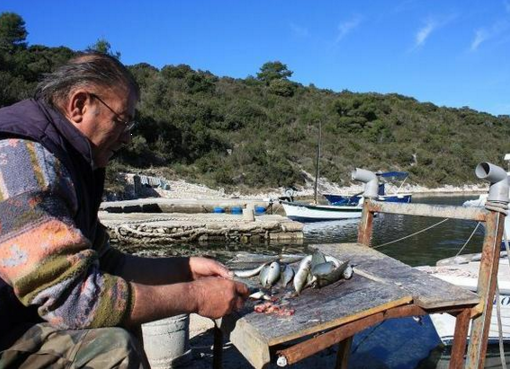
25 The truth about the free hotels if it snows
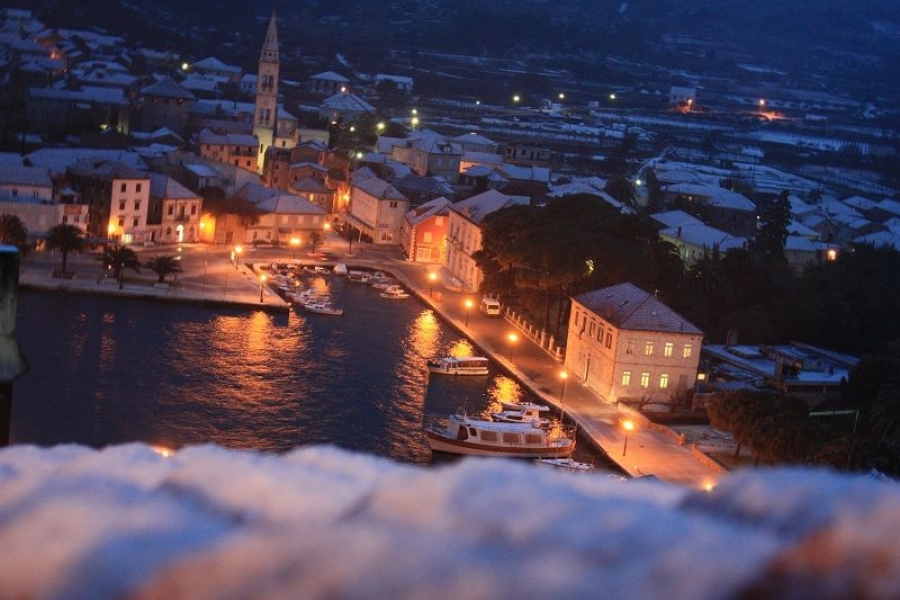
The sunshine island. Does it ever snow? Well yes, but not much. So rarely in fact that it is often said that if it snows, there is free accommodation for guests booked into the island’s hotels. There was a rare opportunity to test this theory in February 2012, when so much snow fell that not only was the island completely covered but one Slovakian enthusiast managed to ski from the peak of the island some 5km to Dubovica bay. On checking with the main hotel group on the availability of the free rooms, TCN was informed that the offer did indeed exist – a free eighth night if snow had fallen for the previous seven days…
To learn more about the island of Hvar, click here.

